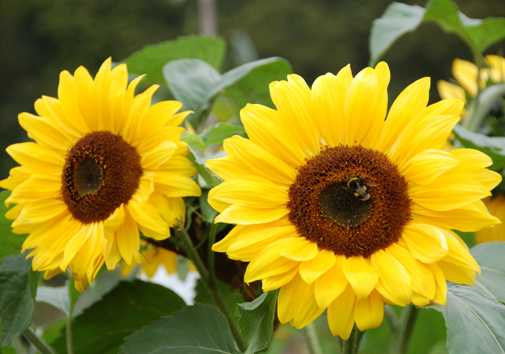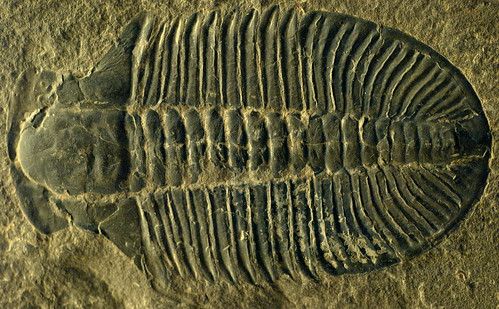Mitochondrial eve is the woman who was the first human on the earth. The original place where she lived was in northeast Africa and then they moved on towards India, Asia, Europe, Australia, North America, and South America. This also means that we are all related because we all come from the same ancestors. However, we all do not look a like because of melanin. Skin color is the main reason why we do not look a like because we have different skin color to adapt to our environment. For example someone in Brazil is going to have darker skin than someone who is from Europe. This is because people in Brazil are outside in the sun more than those in Europe. Thus, they have darker skin color in order to keep them from getting sun burned or skin cancer.


















